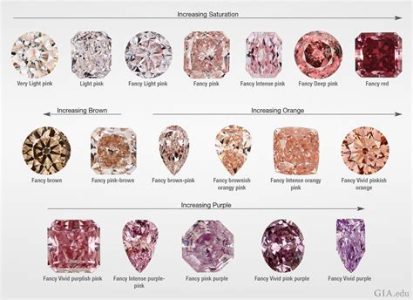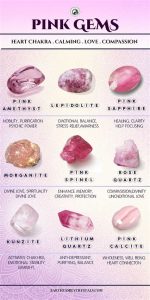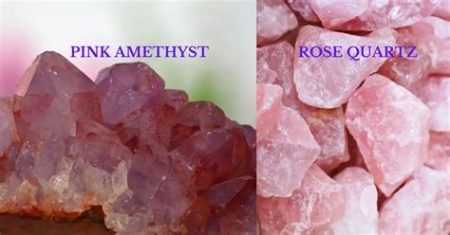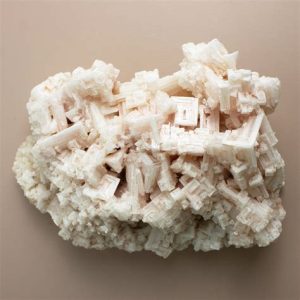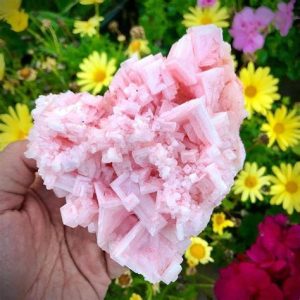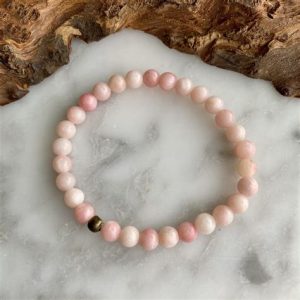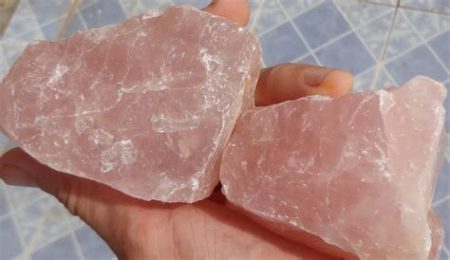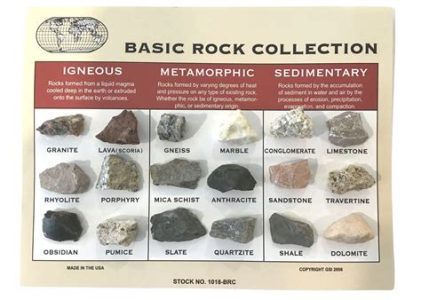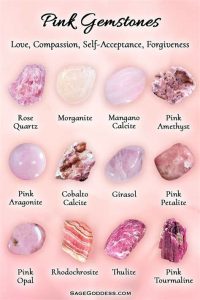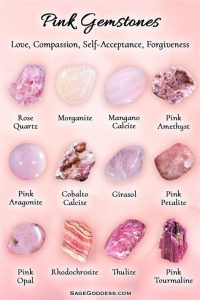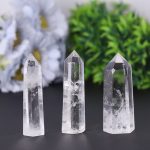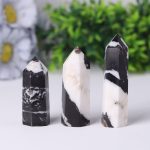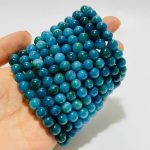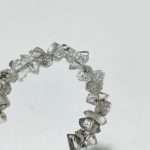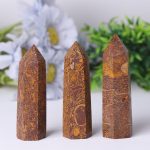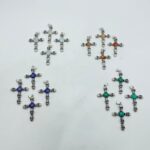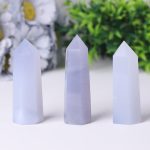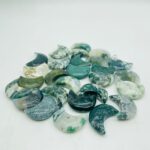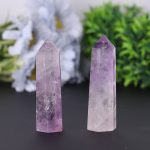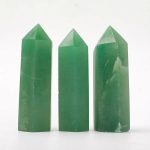I. Introduction

Pyrite, a common mineral often mistaken for gold, has sparked debates on its true value. This article delves into the various facets of pyrite’s worth, exploring its potential uses and complexities.
II. Pyrite vs. Gold: A Comparative Analysis
A. Physical Properties
- Color: Pyrite: Brassy yellow; Gold: Yellowish gold
- Hardness: Pyrite: 6-6.5 Mohs; Gold: 2.5-3 Mohs
- Luster: Pyrite: Metallic; Gold: Metallic
B. Chemical Properties
- Composition: Pyrite: Iron disulfide (FeS2); Gold: Native gold or gold-bearing alloys
- Density: Pyrite: 5.0 g/cm³; Gold: 19.3 g/cm³
III. Historical Significance
- Pyrite’s historical allure has stemmed from its resemblance to gold.
- In the past, it was often mistaken for gold, leading to the moniker “fool’s gold.”
- However, pyrite has also been valued for its unique properties.
IV. Industrial Applications
- Sulfur Extraction: Pyrite is a valuable source of sulfur, used in fertilizers, sulfuric acid, and gunpowder.
- Electronics: Its semiconductor properties make it suitable for use in rectifiers, solar cells, and transistors.
- Jewelry: Polished pyrite can be used to create striking and inexpensive jewelry.
V. Collectibility and Decoration
- Mineral Specimens: Pyrite crystals with unique formations or sizes are prized by collectors.
- Home Decor: Pyrite’s metallic luster adds a touch of opulence to home decor elements.
- Jewelry: Pyrite is gaining popularity as a semi-precious gemstone in jewelry design.
VI. Value Factors
A. Purity and Crystallization
- The purity and crystallization of pyrite affect its value.
- Gem-quality pyrite crystals with octahedral or cubic shapes command higher prices.
B. Rarity and Origin
- Rare and unusual pyrite specimens from specific geographic locations are more sought-after.
- Pyrite from famous mining districts, such as the Spanish Rio Tinto mines, can fetch a premium.
C. Size and Weight
- Larger and heavier pyrite specimens are generally more valuable.
- Crystal clusters or groups add value due to their aesthetic appeal.
VII. Economic Outlook
- The demand for pyrite is driven by industrial, decorative, and collectible uses.
- The growing jewelry market and interest in mineral specimens are contributing to rising demand.
- The global pyrite market is expected to continue growing in the coming years.
VIII. Conclusion
Pyrite, once dismissed as fool’s gold, has proven its worth in various domains. Its industrial applications, collectibility, and decorative value make it a versatile and valuable mineral. While it may not be as valuable as gold, its unique properties continue to attract interest and appreciation.
IX. Tips and Tricks
- To distinguish pyrite from gold, use a ceramic streak plate. Gold leaves a gold streak, while pyrite leaves a greenish-black streak.
- Avoid exposing pyrite to moisture, as it can oxidize and tarnish.
- Use a soft cloth to clean pyrite jewelry to prevent scratching.
X. FAQs
- Is pyrite a rare mineral? No, pyrite is a common mineral widely distributed around the globe.
- Why is pyrite called fool’s gold? Its resemblance to gold has led to it being mistaken for gold.
- What is the market value of pyrite? The value varies depending on purity, size, and origin, but ranges from a few cents to hundreds of dollars per pound.
- Can pyrite be used in jewelry? Yes, polished pyrite is a semi-precious gemstone used in various jewelry designs.
- How can I tell the difference between gold and pyrite? Gold is softer, denser, and leaves a gold streak on a ceramic plate, while pyrite is harder, less dense, and leaves a greenish-black streak.
- What are the benefits of pyrite? Industrial applications include sulfur extraction and semiconductor devices, while its aesthetic qualities make it valuable for jewelry and decoration.
- Is pyrite worth anything? Its industrial, collectible, and decorative uses make it a valuable mineral, although its value is not comparable to gold.
- How can I clean pyrite? Use a soft cloth to avoid scratching and avoid exposing it to moisture.
XI. Market Insights
- The global pyrite market was valued at $1.2 billion in 2022.
- The growing demand for sulfur and fertilizers is expected to drive market growth.
- The Asia-Pacific region is the dominant market, followed by Europe and North America.
- Key market players include Trafigura Group, Freeport-McMoRan, and Glencore.
XII. Empowering Innovation
- Pyrite-Inspired Colorants: The iridescent properties of pyrite can inspire the development of new pigments and colorants for various industries.
- Pyrite-Based Energy Storage: The semiconductor properties of pyrite could be harnessed for innovative energy storage solutions.
- Pyrite Nanoscience: The unique crystalline structure of pyrite at the nanoscale offers potential for advancements in electronics and catalysis.
XIII. The Future of Pyrite
As technology and applications evolve, the value of pyrite is likely to continue rising. Its industrial uses, collectible value, and potential for innovative applications make it a promising mineral with a bright future.
XIV. Conclusion
Pyrite, once mistaken for fool’s gold, has proven its worth beyond its superficial resemblance to the precious metal. Its industrial applications, collectible value, and decorative uses have made it a versatile and valuable mineral. As research and innovation continue, pyrite’s true worth is yet to be fully realized.

